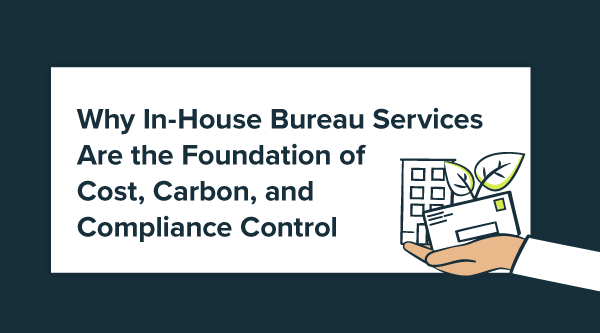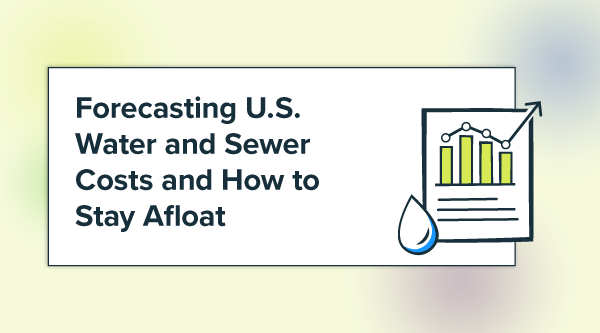CA’s Landmark Climate Disclosure Rules: EnergyCAP Has Your Back
With the stroke of a pen, Governor Gavin Newsom christened California the first US state to require large companies to publicly disclose their greenhouse gas (GHG) emissions, along with financial risks and mitigation measures related to climate change. The bills spelling out these requirements, S.B. 253 and S.B. 261, are sweeping steps towards nationwide emissions reporting and GHG reduction. They also include short compliance deadlines impacting more than 5,000 companies in the state. How do affected corporations begin their journey to compliance? Let’s start at the beginning:
What’s Included in the Bills?
The California Climate Corporate Data Accountability Act (S.B. 253) and Greenhouse Gases: Climate Related Financial Risk Act (S.B. 261) collectively require companies earning at least $1B annually doing business in California to quantify and disclose their scope 1, 2, and 3 emissions yearly, as well as companies earning $.5B annually to release biennial reports disclosing climate-related financial risks along with proposed and in-progress mitigation strategies. The first of these risk reports is due to the California State Air Resources Board on January 1, 2026 and must also be publicly available on a company’s website. Scope 1 and 2 emissions disclosures will begin in 2026, with scope 3 following in 2027. Emissions disclosures must be independently verified and will likely be housed on a new publicly available digital registry.
The requirements of both bills go beyond the climate disclosure rules recently proposed by the Securities and Exchange Commission (SEC). The SEC’s proposed rule only applies to publicly traded companies and contains some exclusions from scope 3 emissions disclosure. California’s legislation holds the feet of all eligible privately held companies to the fire and the price of noncompliance is steep: the bill authorizes civil action against companies who do not report, with penalties up to $500,000.
Emissions Sources and How to Track Them
Greenhouse gas emissions are broken down into three categories:
- Scope 1 are direct emissions from upstream sources owned or controlled by the organization, such as the combustion of fossil fuels.
- Scope 2 are indirect emissions from purchased electricity, heat, or steam consumption.
- Scope 3 are indirect emissions from downstream sources outside the organization’s boundary, such as transportation and waste disposal.
The process of measuring, tracking, and reporting GHG is called carbon accounting. While Scope 1 and 2 emissions may be easier to recognize, identifying and reporting on all 15 categories of Scope 3 emissions can be complex. However, given that nearly all of a companies’ GHG emissions are accounted for by scope 3, understanding these sources is essential. This eBook is an excellent resource to demystify carbon accounting and learn more about each emissions scope and category.
Next Steps for Businesses
Corporations facing carbon accounting and reporting mandates are not alone, and finding partners to help with compliance is their critical next step. EnergyCAP CarbonHub offers financial grade carbon accounting, taking your energy and commodity information and converting it into Scope 1, 2 and 3 emissions, which can then be seamlessly transferred to ENERGY STAR. Our software, professional services, and expert training is tailor made to meet Acts 253, 261, and others like them. We’re standing by to take the stress of compliance off of the shoulders of California businesses.
Best-in-class portfolio-level energy and utility bill data management and reporting.
Real-time energy and sustainability analytics for high-performance, net-zero buildings.
A holistic view of financial-grade scope 1, 2, and 3 carbon emissions data across your entire business.
Energy and sustainability benchmarking compliance software designed for utilities.






